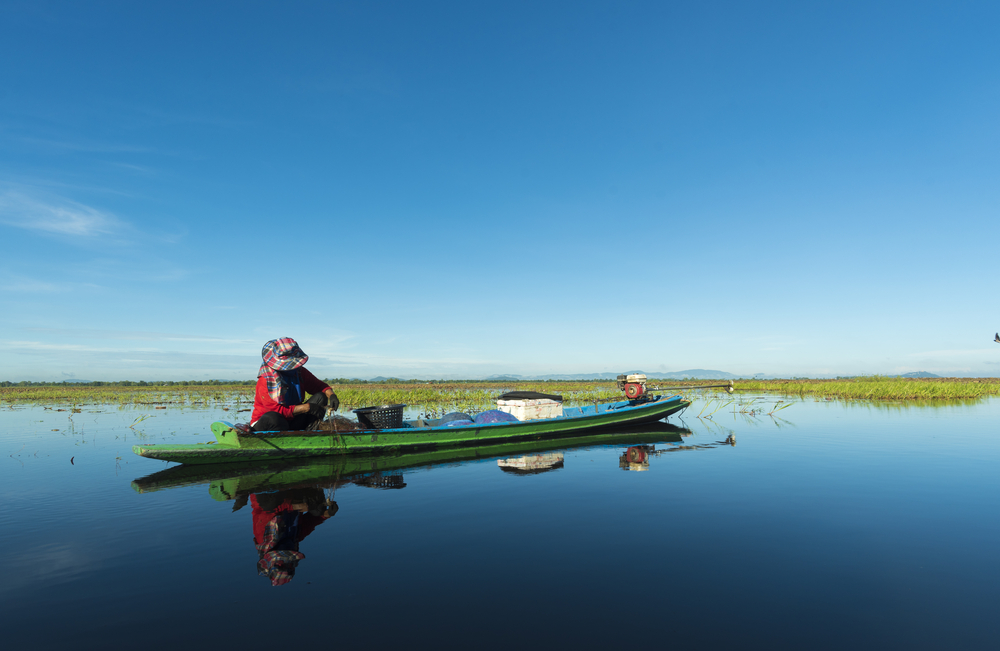Geography: Lakes
Thailand, a country in Southeast Asia known for its tropical beaches, opulent royal palaces, ancient ruins, and ornate temples, is home to several significant lakes, each contributing to the nation's rich natural landscape and biodiversity. Among these, Bhumibol Dam Reservoir, created by the damming of the Ping River, stands out for its importance in hydroelectric power production and irrigation, as well as being a vital resource for local communities. The following table provides an overview of Thailand's major lakes, focusing on key aspects such as the lake's surface area, its elevation above sea level, its primary water source, and the nature of its outflow.
|
Lake Name |
Area |
Elevation |
Water Source |
Outflow |
|
Songkhla Lake |
1,040 km2 |
0 m |
Phatthalung, U Taphao, and Khlong Pak Ro RIvers |
Channels leading to Gulf of Thailand |
|
Bhumibol Dam Reservoir |
300 km2 |
N/A |
Ping River |
N/A (artificial reservoir) |
|
Nong Han Lake |
125 km2 |
158 m |
Nam Pung River |
Huai Nam Khan River |
|
Bueng Boraphet |
224 km2 |
25 m |
Rainfall, small streams and wetlands |
Chao Phraya River |
|
Phayao Lake |
19.8 km2 |
393 m |
Ing River, Tam RIver |
Ing River |
|
Cheow Lan Lake (Rajjaprabha Dam Reservoir) |
185 km2 |
100 m |
Khlong Saeng River |
Khlong Saeng River |
Copyright © 1993—2025 World Trade Press. All rights reserved.

 Thailand
Thailand 
